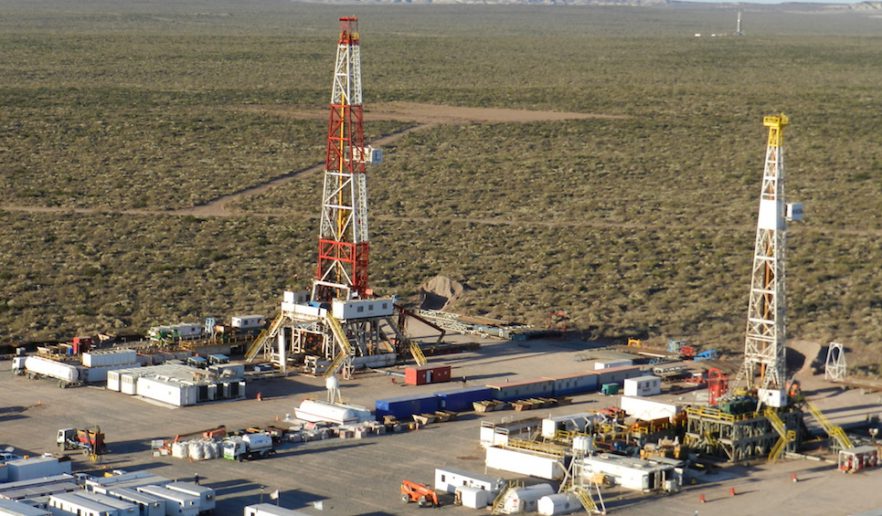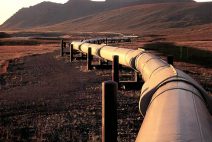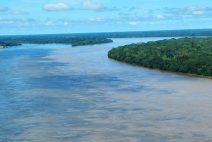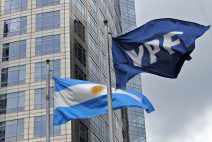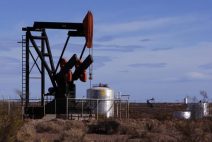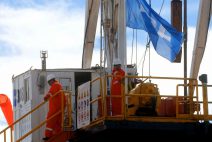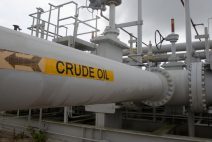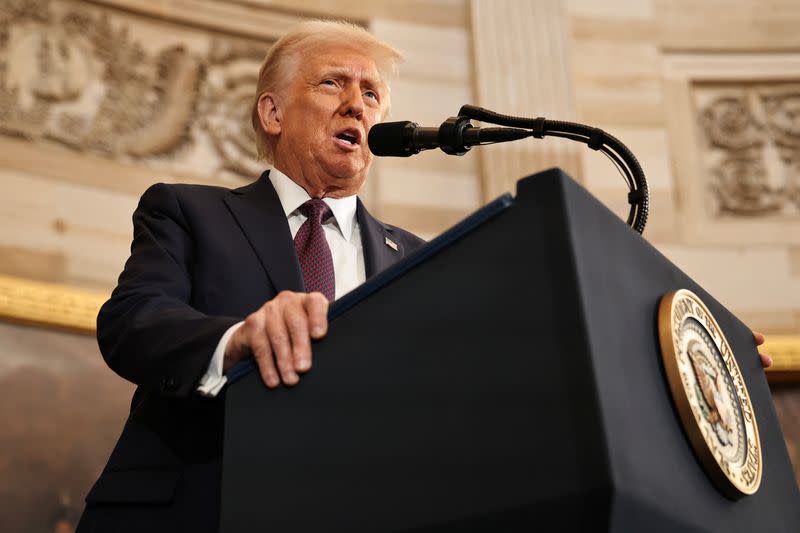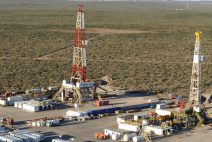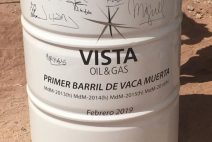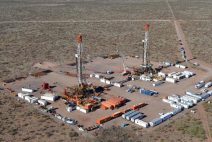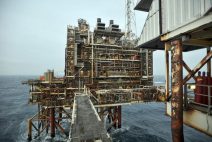The second phase of the Néstor Kirchner Gas Pipeline, designed to increase transport capacity from Vaca Muerta, could undergo a complete change in its planned route. Instead of the initial path from Salliqueló (Buenos Aires) to San Jerónimo (Santa Fe), a new route from Chacharramendi (La Pampa) to La Carlota (Córdoba) is being considered, forming a "Y" shape that, according to government technicians, would enhance the system's operation.
Although the project and the start and end locations are not yet confirmed, the proposal is gaining momentum as it would reduce investment costs, simplify construction, and provide various benefits to gas transportation.
According to official sources cited by Forbes and following a report in La Política Online, the redesign of the route considers several key factors. First, the connection with the La Carlota node would optimize the entire system’s operation by better leveraging the recent reversal of the Northern Gas Pipeline, allowing the use of an idle section to San Jerónimo of the Central-West Pipeline.
Second, this modification would facilitate the future expansion of the Northern Gas Pipeline, improving export logistics by directly supplying one of its key points, complementing the Central-West system.
The “Y” route between Chacharramendi and Salliqueló, approximately 300 km long, also aligns better with the expansion proposed by TGS under the RIGI framework, providing greater supply security to the Buenos Aires Metropolitan Area (AMBA) by dividing the gas flow between the northern and southern systems.
It is projected that, with the appropriate compressors, the southern route could reach a capacity of about 35 million cubic meters per day, while the northern route could start with 20 MMm3/d and expand to 40 MMm3/d with future compression.
This additional gas would not only help reduce imports of liquid fuels, electricity, and natural gas but would also be directed towards meeting regional demand, requiring additional works through the Northern Gas Pipeline (via increased compression) as well as connections to southern Brazil or routes through Paraguay.
Currently, the adjustments are being discussed with private companies interested in financing the project, and the goal is to maintain the tender scheduled for the end of 2024, as promised by Secretary Eduardo Rodríguez Chirillo.
